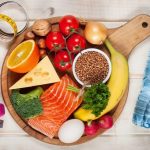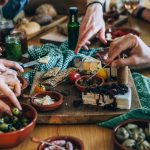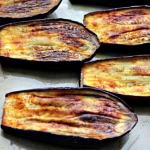I have lived in Florida my entire life. That’s nearly 33 years of eating fruits and vegetables (assuming I started solids at the age of six months…) and nearly 33 years of having no idea about how they make their way from seed to silverware (fact: Florida fruits and vegetables taste better eaten with your hands, and not cutlery, since they’re so fresh and juicy…) until the Florida Fruit & Vegetable Association, Agriculture Communicators of Florida and the Sunshine Sweet Corn Farmers of Florida hosted me on a tour of several Florida farms one balmy April Florida day and profoundly enlightened me on many food and farm systems about which I had been sorely ignorant, and to whom now I am grateful for rending me a Florida produce vigilante.




I’m a dietitian. We call ourselves “the nutrition experts.” I have a Master’s in Dietetics and Nutrition and spent years working in a large academic hospital as an inpatient clinical dietitian, and almost seven years in private practice. I’m an adjunct professor of Food Systems Management. I’ve set foot in a farm only when waiting in line for Knaus Berry Farm milkshakes and last year, when I took my toddler to a farm in Homestead (which was mainly me chasing him around stalks of sunflowers and mostly eating fresh strawberry ice cream.) I received little to no formal education about farming, agriculture, agriculture economics, or Florida farms in any of my Miami public school curriculum (spanning Kindergarten through graduate school), and did not even know that pineapples grew in the ground until several years ago when I almost tripped over one at Fairchild Tropical Gardens.
Evidently, there are 200-300 commodities produced in Florida alone, spanning 9.7 million acres of cultivated land. We are the biggest producer domestically of grapefruit, green beans, cucumbers, and oranges, and number two with respect to strawberries, cabbage, sweet corn, fresh market tomatoes, avocados, and tangerines. We are also the premier growers of landscaping palms and aquatic plants and rank second in ornamental grasses. We are literally a land of the food most intriguing to many dietitians: salad.




Not to mention the magnificent economic, environmental and social impacts of Florida farms: Florida agriculture and distribution contributes nearly 254 billion dollars of revenue and supports nearly two million jobs throughout the state’s economy. The industry is also responsible for the world’s largest mass migration of bees as they are moved to Florida for the winter so they can pollinate crops like blueberries and almonds (don’t get me started on the honey/bee shortage…)
Needless to say, I am quite embarrassed at my ignorance as a Floridian, a product of the Florida public school system, and a dietitian about Florida fruits and vegetables, but now feel compelled to prioritize educating and enriching my fellow Floridians and beyond about the exquisite processes and lives that Florida fruits and vegetables touch as well as how we can support the challenges this industry faces so that we can keep it as vibrant and crisp as the celery from Duda Farm Fresh Foods/Dandy Fresh Produce which I bit into. As I kept commending each farmer at each stop – these people are literally serving public health by providing millions with the world’s healthiest fare that us dietitians work tirelessly to promote: fruits and vegetables.




I first received a warm welcome and chilled celery juice from Duda Farm Fresh Foods/Dandy Fresh Produce wherein we were taken to the seemingly endless fields of fresh celery. The fresh and clean aroma could lure Bugs Bunny from a continent away. Alligators casually sunned themselves on the banks, and we chomped into the crispiest celery of our lives, straight off the stalks, as we were regaled with tales of how Duda devotes beautiful efforts to the well-being and care of its workforce and whose business biography is a true encapsulation of the American Dream after six generations of success. Duda also gave us some neat swag of radishes of varying cuts (coin-cut, slivered, raw), bicolor sweet corn, and helped us identify their retail brand (Dandy) on packaged foods so we could best support them. We discussed Duda’s serious efforts to retain, maintain, and care for their human resources and how other countries lag far behind in this respect, which is a huge reason to support them and Florida produce at large.
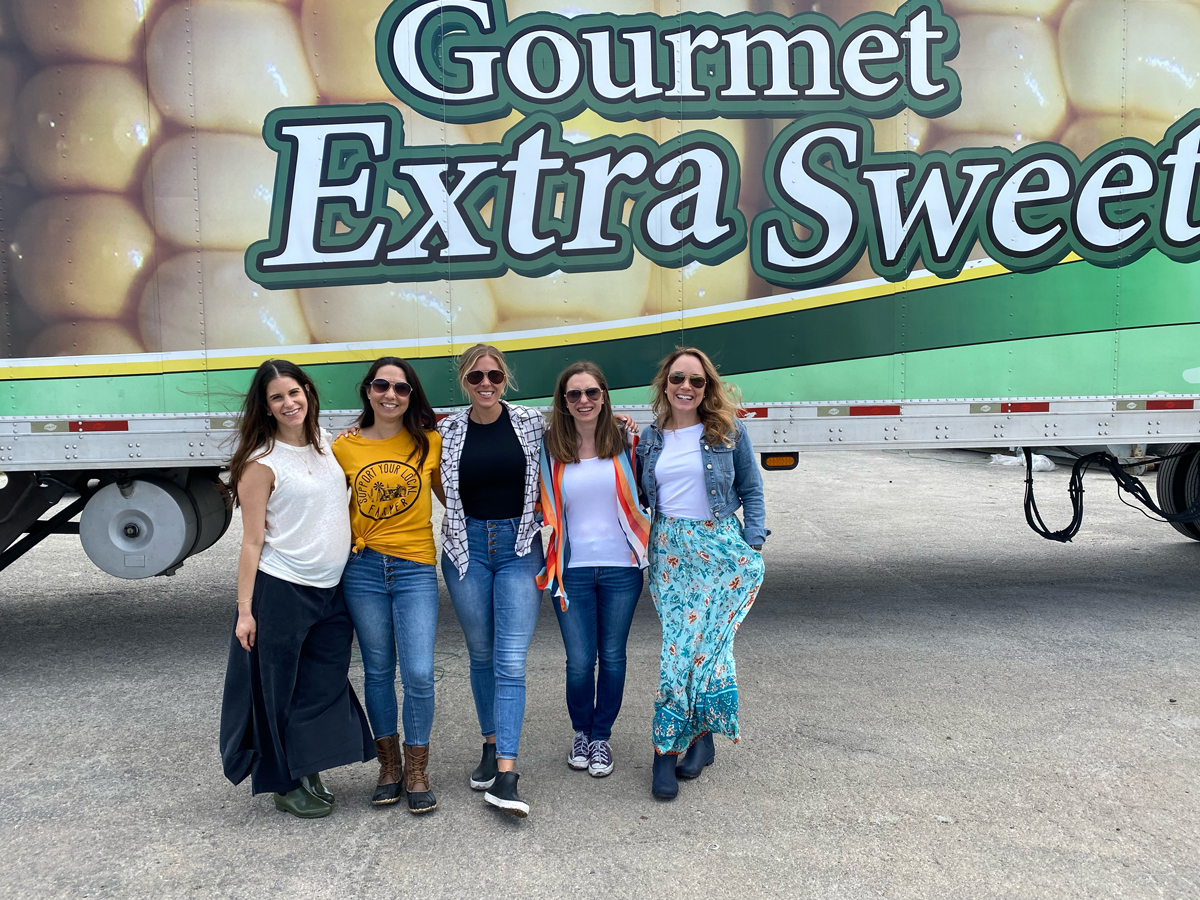



We chugged along to R.C. Hatton, where we were privy to the machinery operations of their sweet corn and green beans, which are remarkably harvested and cooled within four hours for transport. We toured the impressive multilevel facility and meticulous operations involved in preparing corn and green beans (bless the folks who pre-snip off those ends for us) for distribution, as well as following a paper, er, leaf trail of their cabbage as it begins as a humble head and winds up as cole slaw (evidently, ⅔ of their cabbage produced concludes as slaw, which leads me to question why I haven’t seen it more on local menus.) Coleslaw is also 16-18% red cabbage. I had never given much thought to that ratio, and now, of course, I will appreciate every purple sliver. Corn packages are also labeled with an almost allegorical coding system known to the farm. RC Hatton is also a family-run operation which dedicates many of its named brands to the family’s adorable children.




We were treated to lunch at Hundley Farms where we watched a tutorial from [CM1] Fresh From Florida’s Chef Justin Timineri work magic with various Florida fruit and vegetables in sumptuous, family-friendly, no-fuss ways. I was already copying and pasting the recipe for his pimento and smoked paprika cheese-stuffed celery during the presentation as the Hundley Farms family dog, Bodhi, gleefully shredded a napkin at my feet. Bodhi (and his humans) squired us around their vast farms and stopped at a radish site where we got to watch a harvest machine tractor pluck through the leaves, spewing purple anthocyanin (an antioxidant chemical in radishes) and a delicious aroma through the air. Hundley also grows blueberries, broccoli, cabbage, corn, and green beans. Naturally, the fauna are lured and they cleverly employ owls at night to control any hungry creatures.
After a meal that had me sniffing around for a Florida-grown label on the salads served, we were ferried to TKM Bengard Farms and made privy to their astoundingly diligent processes to maintain stellar food safety and quality in their lettuce. The plump lettuce heads are so sturdy and crisp they could double as soccer balls and are so incredibly clean they could probably scrub into a surgery. TKM Bengard is practically surgical about their food safety protocols, employing GPS-equipped thermometers on trucks and over 70 food safety checkpoints. We were shocked to learn that because of the topography of farming on the West coast of the United States, they are the culprits behind famed foodborne illness outbreaks regarding lettuce, while innocent Florida lettuce often becomes stigmatized. I vowed to only purchase Florida lettuce thereafter.




In a world where foreign produce can essentially skip the line at the Food Safety Nightclub (foreign entities lack the stringent food safety protocols Florida employs, and it is unrealistic that every single leafy and berry can be screened for issues upon US arrival) and stand alongside Florida produce, it doesn’t seem fair that Florida growers are held to heavenly standards of food safety and assume the costs therein while foreign fruits and vegetables threaten our public health and can be sold cheaply, as they are often grown on the backs of Narcopolitics and inhumane labor practices. It was clear from every single grower, when queried about how we could best support them, was to buy from Florida and not lend our purchasing power to unscrupulous and potentially unsanitary foreign produce. They all agreed that if a Florida crop wasn’t available, whether because it was out of season or stock at our grocers, to at least buy US domestic crops.
We were all so steeped, literally, in the verbiage and aroma of Florida fruits and vegetables after these tours that we all ordered salads for dinner and questioned the origins of our meal components. The day after I returned home, I did an in-depth analysis of the produce in my own kitchen and felt incredibly guilty at never having noticed from whence my produce came (grapes from Chile! WHY?!) and swore to analyze all labels for a Fresh From Florida tag, or locate the farm tag and look up where the farm was located and hope it was Florida, or at the very least, the United States. I am annoyed that so much foreign produce is even permitted to compete with these precious Florida fruits and vegetables in my own backyard (local grocers). I’m even more miffed that my local grocers do not even carry the bountiful tropical fruits and vegetables I know are growing a mere 45 minutes south of me in Homestead. It seems there is a systemic system error here, and while I am but a mere novice in the world of agriculture economics and politics, I intend to rectify this, even if it means slightly ominous (using my best toddler mom threatening voice) communications to my local grocery headquarters, local schools, and my own family if they dare present me with a foreign bag of slaw.




Manifold thank-yous to our tour hosts, sponsors, and facilitators for hosting me on this magic carpet ride (via bus) of a world previously unknown to me, but hopefully, to become very well-known to my family and network:
Florida Fruit and Vegetable Association,
Instagram: @FlaFruitandVeg
Instagram: @freshfromflorida
Agriculture Communicators of Florida
Instagram: @AgCommunicatorsFL
Sunshine Sweet Corn Farmers of Florida
Instagram: @FLSunshineSweetCorn
Marie and Stephen Bedner of Bedner’s Farms Fresh Market, a fifth-generation family operation
Sam Jones and Perry Yance of A. Duda & Sons (Duda Farm Fresh Foods/Dandy Fresh Produce), sixth-generation family operation
Paul Allen, Charlie Hogan, and Jonathan Allen of R.C. Hatton
Eric Hopkins and Cooper Hopkins of Hundley Farms, a family-owned operation
Hundley Farms lunch sponsor Fresh From Florida
Michael Johnson, TKM Bengard Farms, a family-owned business run by six brothers
Paul Orsenigo and Derek Orsenigo of Grower’s Management, a second-generation family operation
FFVA President Mike Joyner; FFVA Commodity Services & Supply Chain Manager Tori Rumenik
Madeline Mellinger, founder of Glades Crop Care
Gene McAvoy, who graciously accompanied us on the tour and regaled us with baskets of fun facts
My fellow tour comrades:
Our FFVA staff guides: Veronica Figueroa and Christina Morton
Our Agriculture Communicators of Florida accompaniment, Amber Gray
Our Fresh From Florida accompaniment, Gabrielle Ius
Source:
Florida’s Ag and Food System Fast Facts 2021
#WhereYourFoodComesFrom #FloridaAgriculture
[CM1]Chef Justin works with Fresh From Florida!
